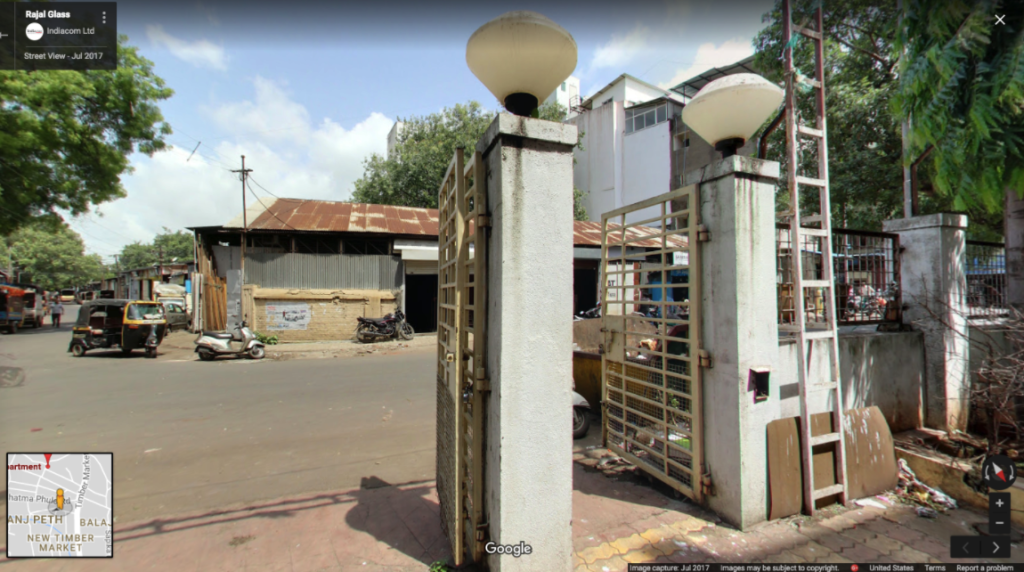Stockblock Io Ico Review
Description
For our first detailed analysis, we went to icoalert.com and chose the project Stockblock.io using the random click method. To begin with, the names of ICO projects are usually a load of crap and the first red flag that shows us the founders’ lack of imagination. Half of them are a random mix of the words “coin”, “crypto”, “chain” or “block” with any other commonly used term. I can come up with a dozen cool ICO names in 20 seconds – just look: stockchange, blockpay, workcoin, cryptocalc. You’ll see hundreds of clones with similar names on any site that tracks upcoming projects. The best names are more daring, for instance DINOSAUR (a made-up example), which makes them eye-catching. Anyway, let’s not fuck around with names anymore.
Detailed Analysis
Stockblock promises to solve copyright problems for photographers. For some reason, they position themselves as a “marketplace for media artist [sic]”, apparently expecting musicians, filmmakers and writers to join up in the future. Good luck to them: in each of the above categories, there are already about 3-4 ICO projects promising exactly the same thing.
According to its description, the concept of the project is quite primitive: from any device, you can upload your photo into the safe and super-secure cloud, get a personal licence for it, and all of this – as always – is stored in an “unalterable, tamper proof” ledger that is available 24/7. Just the same as what everyone else is doing. The business plan is staggeringly straightforward:
- Find partners like Canon and Nikon
- Organise photography competitions while building our own dev community
- Look for clients to buy the photos
Work on the project began in summer 2016 and the first public release is scheduled for January 2019. So about 18 months from now. Just enough time for the boys to gradually siphon off the 20,000 ETH that they plan to raise.
But let’s not get ahead of ourselves. Most ICO projects promise to solve global problems: secure payments, convenient and useful advertising, fair elections and other utopian ideas. Despite the fact everyone realises that 95% of ICO companies will never launch a product to the public, let’s try to work out whether Stockblock will be in the other 5%.
Chart of ICO Success Chances
- Winners
- Unsure
- Fraud
Website
Decent, just like thousands of other ICO websites with the classic sections: white paper, team, roadmap, etc. The logo is similar to that of Google Picasa and dozens more. By the way, in the cryptobusiness, the logo is just about the least important thing – somewhere between the white paper and the business plan.
The homepage is full of figures like “4.46 billion stock images market by 2021 [sic]” and “8% compound annual growth rate”, as well as statements such as “If there’s one fear that’s shared by all creatives, it’s the fear of copyright infringement”. But you should never fear – Stockblock is here to save the day! As much as I wouldn’t like to offend the founders, it seems to me that the majority of “creatives” aren’t scared that their work will be stolen, but that no one will give a fuck about their photos! Those who are good enough to have their photos stolen tend to know how to deal with this kind of problem.

Team
Here we find a unique situation. There’s not a single person on the team with a Russian name! This is rare, as 95% of ISO projects are set up by natives of the former Soviet Union and the other few percent are generally Chinese. In this case, our project for saving the photographers of the world from thieves was dreamt up by Indians. I did some in-depth online research to locate the office of this innovative start-up and, after hours of searching, discovered their building in the suburb of Parvati. The Blockchain team works here:

As we can see, it’s either a pretty innovative coworking space with outside “facilities” or a third-generation mining farm. Not too far from this spot, Mangesh, Amit, Anirudh, Savita and Sanket are diligently coding their smart contract to protect us from cryptothieves.
Attempts to carry out more detailed research into the careers of founders and employees in order to look for relevant experience were unsuccessful. The founders don’t provide any links to their own websites or social media profiles, and there are about 40,000 people in India called Mangesh Yadav, so I was unable to find anyone who looked like the founder within a reasonable amount of time. In the “team” category, the project gets 1.5 stars out of 10 – mainly for diversity. The team also includes women and people of other nationalities (except Russians).
White Paper
The time has come to look at the project’s fundamental document. Fortunately, its small size – only 17 pages – makes it stand out from the crowd. For this alone, Stockblock gets 4 points out of 10 — you have no idea how sick we are of reading 70-page white papers, generously fitted out with delusional ideas and utopian dreams. Seventeen pages is something I can handle without thinking about throwing myself off the balcony of our 40-storey office building.
The white paper roughly repeats what we already know about protecting artists from thieves, but this time with details and examples. Problem No. 1: “There is no way to locate stolen copies of your artwork on the world wide web”. The creators of the project believe that the main problem is image comparison and devote quite a bit of time to the mathematics of their method, peddling Hamming distances and similar mumbo jumbo to potential investors. Apparently, the existence of Google Image Search and Tineye with their hundreds of petabytes of indexed pictures does not intimidate the founders – and good for them!
The authors consider Problem No. 2 to be the common (?!) situation where a photo is stolen from your flash drive and someone else posts it online before you do. Only Stockblock can help. I got tired of reading this nonsense pretty quickly, so we’ll lower the score for the white paper to 2 out of 10. One point for choosing the PDF format (and not, for example, docx – that really happens!) and the second for the fact it’s short.
Thank you very much and until the next ICO!
/rating_on.png)
/rating_half.png)





